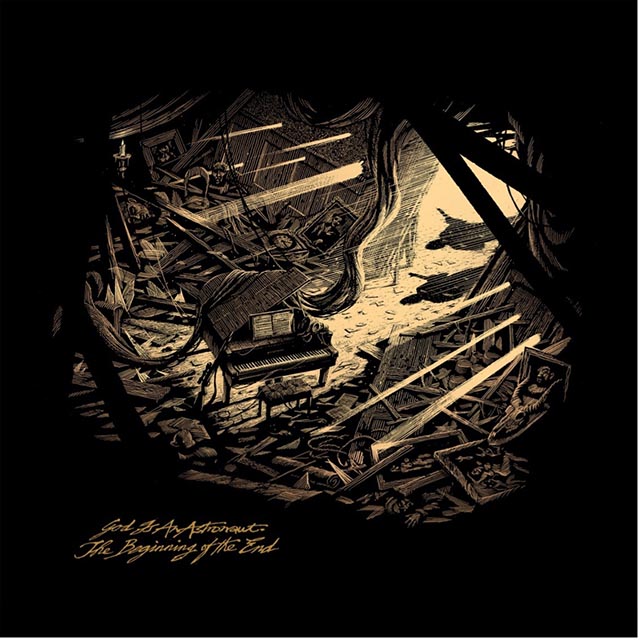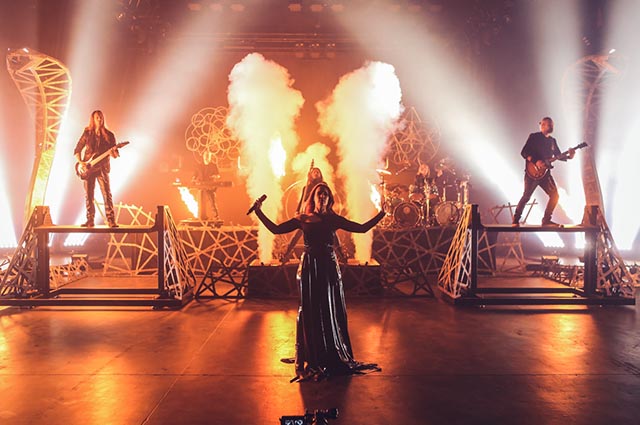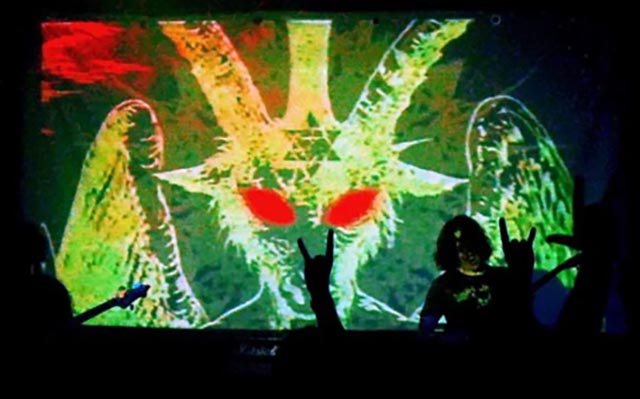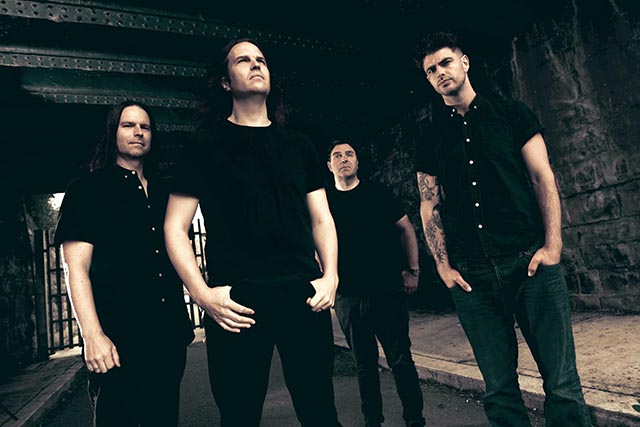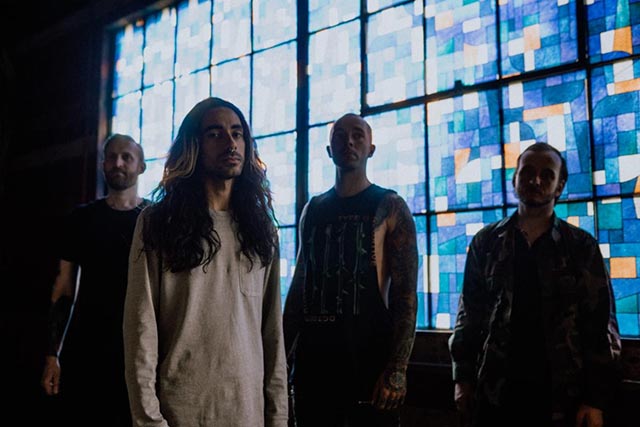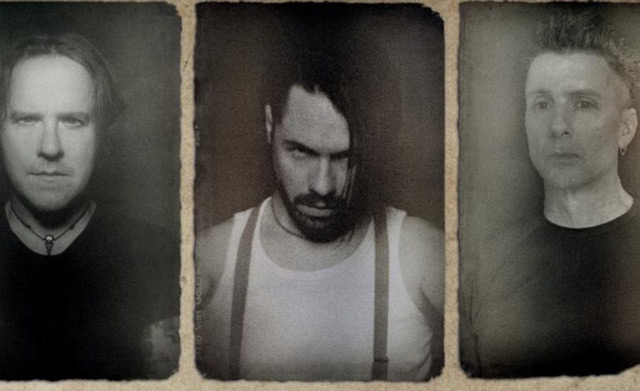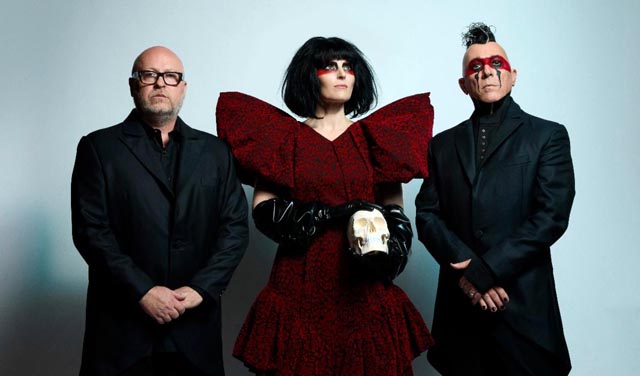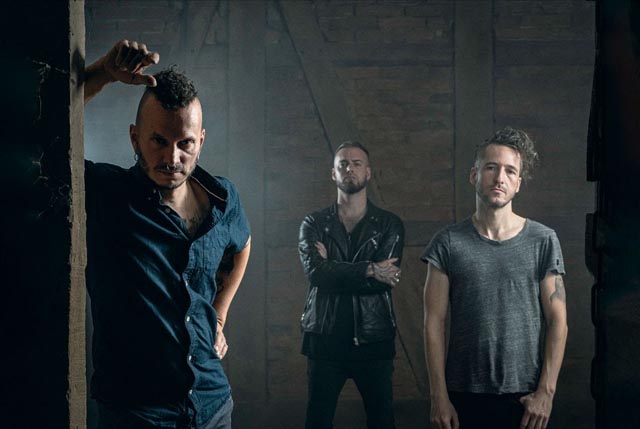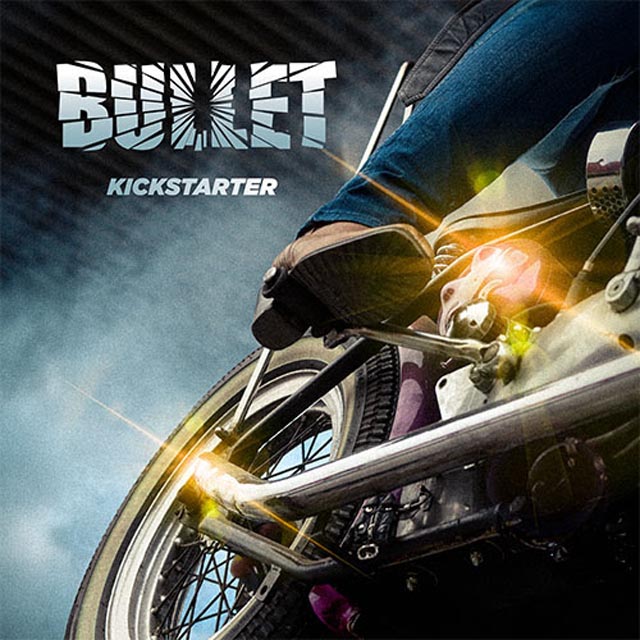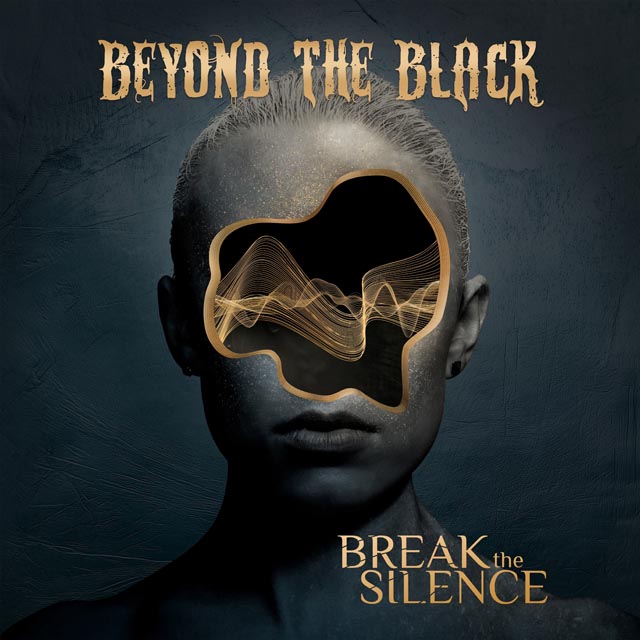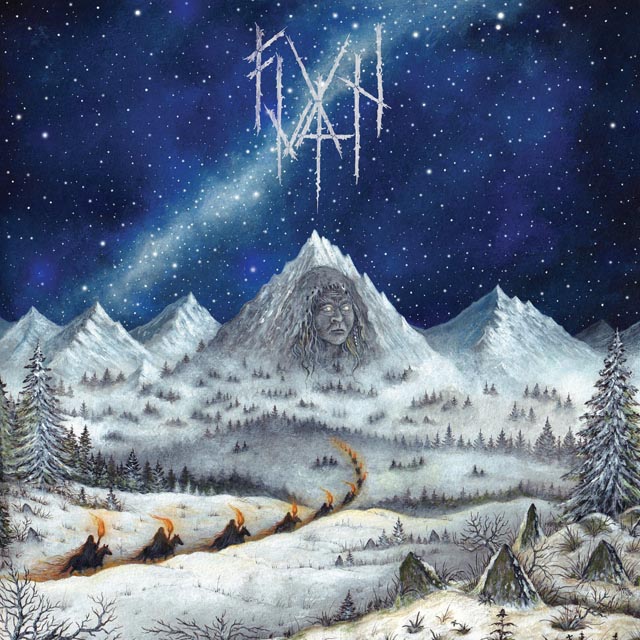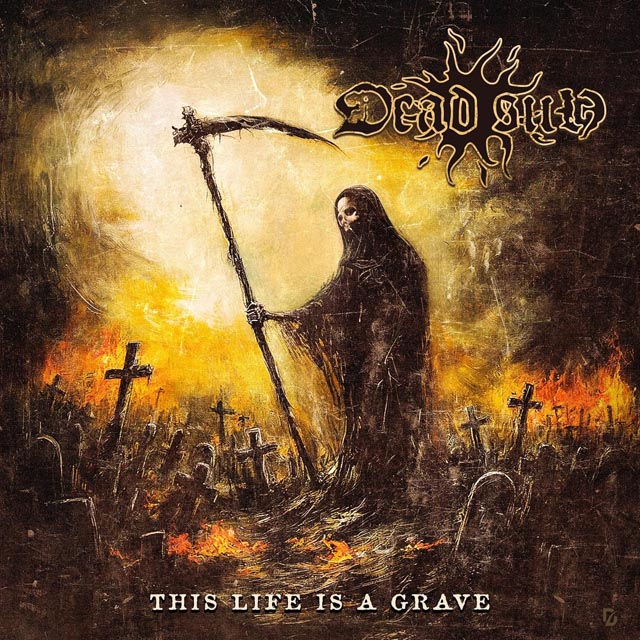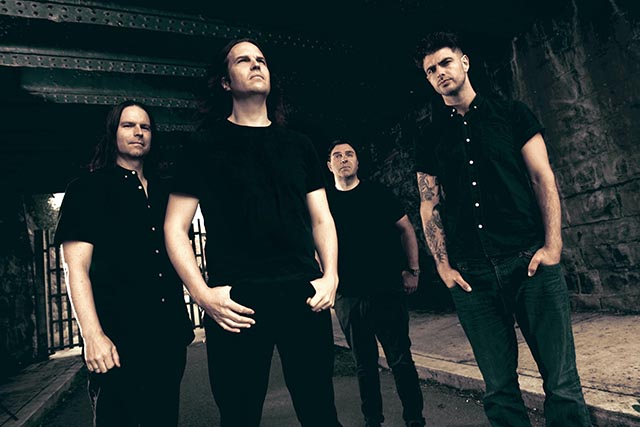
2022 marked the 20th anniversary of the Irish post-rock outfit God Is An Astronaut. To celebrate this milestone, the group released the live studio recording of, The Beginning of The End. We caught up with the group earlier this year to discuss the live studio recording and their anniversary as a band.
What made you decide to go back to recreate 2002’s The End of The Beginning with the live studio recording of The Beginning of The End?
During the pandemic we had the chance to change our live equipment from digital amp modelers back to tube amps and pedals and we recorded our last album “Ghost Tapes #10“with that setup, the sound was far rawer and more vibrant. We decided to revisit our entire back catalog to make sure it was compatible, we started with our “All is Violent, ….) album and because we couldn’t play any shows, we did a live stream which turned out great. We did another live stream “Live @ Opium, Dublin” where we played “Ghost Tapes #10” and a few songs from “Far from Refuge”, we were very happy with how it turned out. We moved on to the rest of the back catalog, everything sounded good. The big challenge of course was the first album which we left to the end, it was predominantly an electronic record with lots of samples and loops, so a lot of those earlier songs were either never performed live or left in the past. Niels and I felt a need to revisit that album as it is an important part of our identity. With our 20-year Anniversary coming up, it felt like the right time to revisit the past and bring it back to the present. Songs like “The End of the Beginning” and “From Dust to the Beyond” have always been regulars in our live set and throughout the years we made improvements and improvisational parts to enhance the live experience, we wanted to capture that. Other songs like “Lost Symphony” we never played live. We faced some interesting challenges, with “Lost Symphony”, “Coda” and “Twilight” they had reverse sections of music and we had to try to interpret that live, I really like how those sections turned out. The first album had no live drums, only loops and some basic programming, Lloyd hadn’t joined the band yet when the first album came out, he was always a big fan of the first album and finally had the opportunity to modify the beats while still staying true to them. Jamie, who only joined the band in 2011 did a lot of work with the piano parts and I think he really improved them.
How has the response been so far since the release?
The response has been overwhelmingly positive, really amazing reviews for this record so far. Perhaps it hasn’t picked up the same interest as a new album, but I think when people hear it, they will see that it offers something new and different than the original.
How would you compare the new transformations with the original release from twenty years ago?
The debut album was a downtempo and for the most part, a programmed electronic record. For “The Beginning of the End” Niels and I felt very strongly that this had to be a live recording, we didn’t not want this to be a re-recording of the first album. The only way to achieve our goals was for all of us to play together at the same time in the same room, we chose “Windmill Lane recording studios” in Dublin because they have a huge live room that could fit the entire live setup in. We had a few ground rules, no overdubs, no individual or isolated takes, no double tracking, these are common techniques used to make normal album recordings. Instead of trying to achieve perfection we aimed for good energy. We performed the way we do at our live shows, the only difference was no stage, no PA or crowd but everything else was the same, the 4 of us in one room with close mics and distant ambient mics capturing everything, there was nowhere to hide. We even had our FOH live sound engineer Zack to set the mixing board up the same way he does at live shows.
I feel we did improve some of the songs. For “Coda” we expanded on the vocal melody, I found it too repetitive before and I think the new structure of the song flows better and holds my attention better. “Lost Symphony”, “Coda” and “Twilight” had reverse sections of music and we had to try to interpret that live, I really like how those sections turned out. The first album had no live drums, only loops and some basic programming, Lloyd hadn’t joined the band yet when the first album came out, he was always a big fan of the first album and finally had the opportunity to modify the beats while still staying true to them. Jamie, who only joined the band in 2011 did a lot of work with the piano parts and I think he really improved them. There is a different energy to “The Beginning of The End” compared to the debut album and for the record I don’t believe one is better than the other, they are simply different.
What are some highlights you remember from writing the original debut record, two decades ago?
It was a strange time; there was great uncertainty and the music reflects that mood. The music was the only thing that made sense at that time in our lives and all of those songs are extremely important to me, they are an important part of our identity. I can remember writing the title track “The End of the Beginning” with Niels and we were very excited with how it turned out, we knew we had stumbled on to something important. From there we wrote “From Dust to the Beyond”, “Point Pleasant” was written after watching the “Mothman Prophecies”, which I feel helped further achieve our aim in making a post-apocalyptic record. Back in those days, things were looking bleak but we were in a good headspace to write music
What was your experience creating the video for “Route 666?”
The video was made by Jakub (Chariot of Black Moth). We explained to Jakub the meaning the song had to us, where the concept originated from. Niels and I came up with the name / subject matter after watching US Televangelist Don Stewart pitching his green prosperity prayer handkerchief on the TV which we found obviously ludicrous, equally entertaining and humorous. Back in the early years when we would play “Route 666” live we would use some old film clips from the 1968 Horror film “The Devil Rides out” and footage of TV evangelists to create a satirical visual backdrop. Jakub interpreted it in a more serious way which I think worked out well.
Have you started working on a follow-up to last year’s Ghost Tapes #10, or do you have any plans you can reveal to us?
We have begun and have written around 3 songs which we are excited about but this is going to take time. The next record has to achieve a few things, more rhythmic, keeping the raw sound we have developed, more sparse arrangements and stylistically creating something outside the box, something fresh and innovative, this will be a more experimental record but without sacrificing melody or meaning.
Is there anything else you want to say or add about the anniversary album?
We would like to thank everyone that has listened to our music over the past 20 years or come to watch us play live and that without you all we would not be here.
